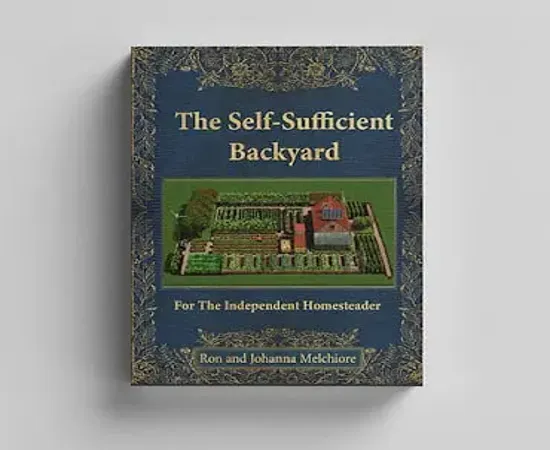Welcome to Your Self-Sufficient Backyard Journey
In today’s fast-paced world, creating a self-sufficient backyard oasis has become a popular trend among those seeking a sustainable and fulfilling way of life. Whether you are a seasoned gardener or a beginner looking to explore the joys of growing your own food, the concept of a self-sufficient backyard offers a myriad of benefits that go beyond just a bountiful harvest.
The Benefits of a Self-Sufficient Backyard
Embracing the self-sufficient backyard lifestyle comes with a host of advantages for both you and the environment. By growing your own produce, you can ensure that your food is free from harmful chemicals and pesticides, promoting better health for you and your loved ones. Additionally, cultivating a self-sufficient garden can help reduce your carbon footprint and contribute to a more sustainable future.
Not only does a self-sufficient backyard provide you with fresh, organic fruits and vegetables, but it also serves as a peaceful retreat where you can connect with nature and unwind from the stresses of daily life. Imagine stepping outside your door to harvest ripe tomatoes, crisp lettuce, and fragrant herbs for your next meal – all from your own backyard garden.
How to Plant a Self-Sufficient Garden
Creating a self-sufficient garden doesn’t have to be complicated. Start by assessing the space you have available and planning out what you want to grow. Consider planting a mix of fruits, vegetables, and herbs that thrive in your climate and require minimal maintenance.
Make sure to enrich your soil with compost and organic matter to provide essential nutrients for your plants. Utilize mulch to retain moisture and suppress weeds, reducing the need for constant watering and weeding. Remember to rotate your crops each season to prevent soil depletion and maintain the overall health of your garden.
Frequently Asked Questions
1. Can I create a self-sufficient backyard in a small space?
Absolutely! Even with limited space, you can grow a variety of herbs, vegetables, and fruits in containers or vertical gardens to maximize your growing area.
2. Is the self-sufficient backyard lifestyle expensive to maintain?
While there may be initial costs associated with setting up your garden, growing your own food can ultimately save you money on grocery bills in the long run.
3. How much time does it take to maintain a self-sufficient garden?
Like any garden, the time commitment will vary depending on the size and complexity of your setup. However, with proper planning and organization, you can efficiently manage your garden tasks.
4. Are there resources available to guide me in creating a self-sufficient backyard?
Yes, there are a variety of books and online resources that offer valuable tips and insights on how to design and maintain a self-sufficient garden.
5. What are some easy projects I can start with in my self-sufficient backyard?
Begin with simple projects like planting herbs, setting up a compost bin, or installing a rainwater harvesting system to kickstart your self-sufficient journey.
In Conclusion
Embarking on the path to a self-sufficient backyard is a rewarding and fulfilling endeavor that not only benefits your health and well-being but also contributes to a more sustainable planet. By taking small steps towards growing your own food and creating a harmonious garden ecosystem, you can experience the joys of self-sufficiency firsthand.


